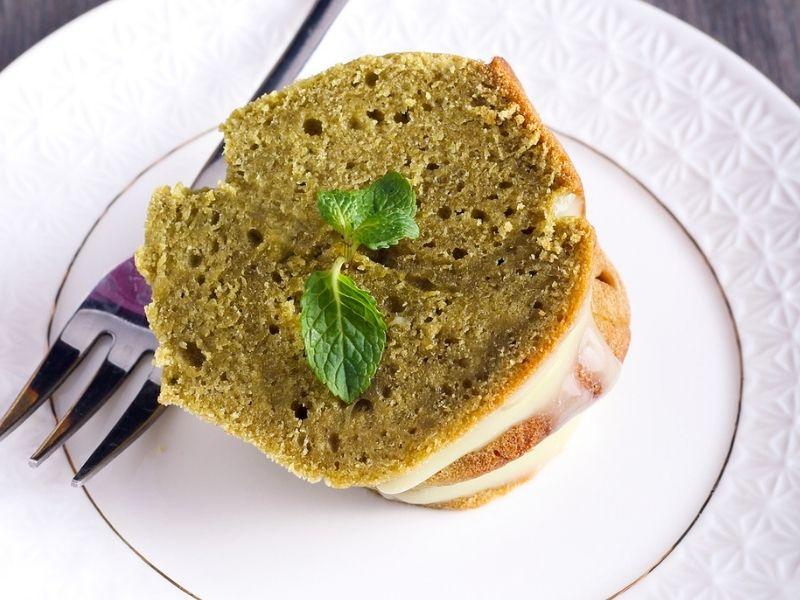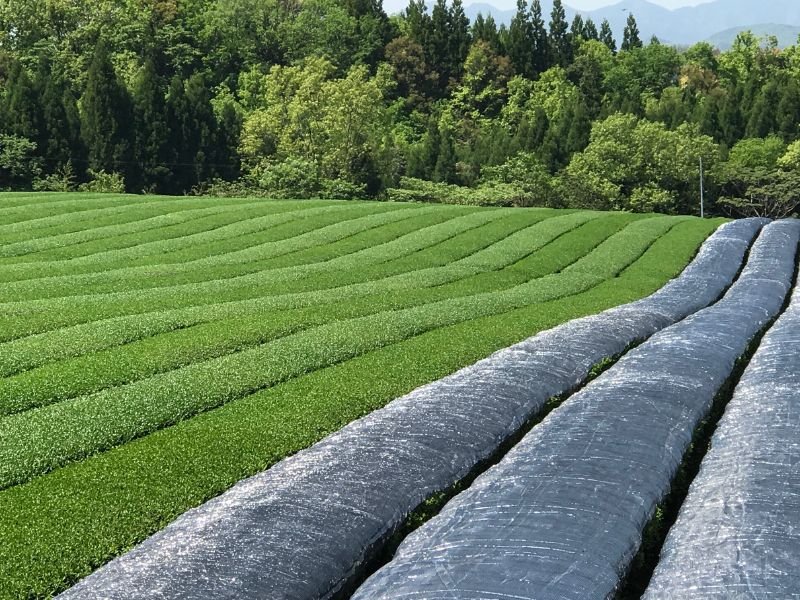Sencha, Tencha, Matcha – what sounds like a list of martial arts from the Far East to the layman is in fact a list of centuries-old types of tea. Green tea, to be precise, and actually means the syllable no, which is part of all three names, is initially nothing more than "Tee“. The linguistic-historical roots of the Japanese designation lie in China, where one uses it bitter herbs designated.
Sencha
If Dorothy reaches the Emerald City on her quest for the Wizard of Oz, then it could also be made out of the leaves of the Sencha plant. At least colored the green tea is very reminiscent Smaragde. At Sencha, you value yours fresh and unique taste. It is not without reason that this type of tea makes whole ones three quarters of Japanese tea production out of! Sencha is a relative young discovery: Its preparation has only been known since the 18th century. Sencha is harvested three times a year; the previous harvests are of higher quality and have a rather sweet taste, the later crops increasingly own one bitter taste. While “cha” stands for tea, “ meansIts' in Japanese as much as 'pour on (with hot water)'.
Tencha
Tencha is actually the Matcha precursor and is usually processed into this. In contrast to the Sencha, the Tencha shrub four weeks before harvest shaded, making its leaves a dark green color and one delicate taste develop. What is also special is that all the leaf stalks and the fine veins of the tea leaves are removed until only the pure flesh of the leaf remains. Sometimes the further processing is omitted and the Tencha is simply drunk. It is also a popular ingredient in Japanese kitchens Cook and Bake. Although there are over 100 different variants in Japan, Tenchas are rarely found in this country and are considered to be Insider tip for lovers.
Matcha
The oldest and most traditional Green tea variety of Japan is obtained from Tencha. The history of this special tea plant goes back to China, where Matcha was probably prepared for the first time in the 6th century - not as a luxury food, but as a medicine. There were monks in Buddhist monasteries who made a tea from the dried leaves fine powder won, which they consumed as a remedy. From this treatment came a early tea ritual out that the originating from Japan Monch Eisei brought home with him in the 12th century. While matcha gradually fell into oblivion in its country of origin, China, it blossomed again in Japan.
In the 16th century, during the Sengoku period, the Japanese tea master Sen no Rikyu wrote several poems detailing how to properly perform the tea world famous Japanese tea ceremony described. Not least because of this, it is considered a particularly fine green tea and is part of the cultural heritage in its countries of origin Japan and China, where the largest part of global production is located to this day.
Characteristic of Matcha is the intense green colour and the pleasant multifaceted taste. The manufacture is time consuming, just the grinding process for 30 grams of Matcha powder takes a whole hour with the traditional granite mills (Matcha means “ in Japaneseground tea"). Of course, this effort is also reflected in the price – matcha powder is a premium product. Also, it will be as valuable ingredient used in the production of ice cream, chocolate, pastries and beverages. But be careful when storing it: Just like other foods, Matcha loses its intensity and taste in the fresh air. That's why you should use your Matcha cool and airtight to store.



